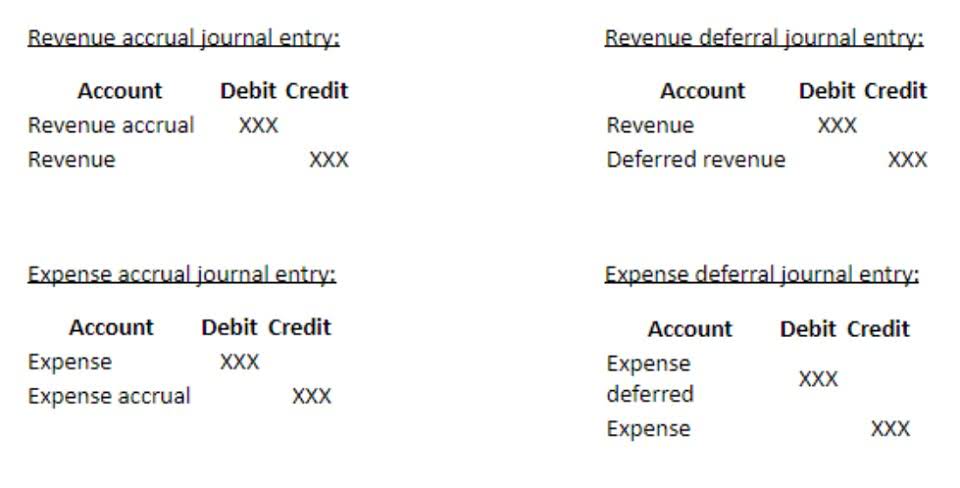Bookkeeping
Statement Of Retained Earnings Examples Definition, Examples

Managing retained earnings depends on many factors, including management’s plans for the business, shareholder expectations, the business stage and expectations about future market conditions. For example, a strong retained earnings track record can attract investment capital or potential buyers if you intend to sell your business. You started a homemade chocolate company called ChocoZa in the year 20X6. The Net Income (Net Loss) and dividends are paid below for the years 20X6-20X9.
- Conversely, dividends and net losses (when expenses exceed revenue) reduce retained earnings.
- The net income paid out to investors as dividends are one piece of information in which external stakeholders are interested.
- This understanding would make interpreting and presenting the statement of retained earnings very intuitive for us.
- For example, management might decide to build up a cash reserve, repay debt, fund strategic investment projects or pay dividends to shareholders.
- The statement of retained earnings examples show how the retained earnings have changed during the financial period.
- The Net Income (Net Loss) and dividends are paid below for the years 20X6-20X9.
What Are Statement Of Retained Earnings Examples?
We must remember that statement of income and retained earnings example help us gauge the net income left with a company after dividends (cash/stock) are paid to the shareholders. This understanding would make interpreting and presenting the statement of retained earnings very intuitive for us. Profitable businesses face tough choices about allocating retained earnings. For example, management might decide to build up a cash reserve, repay debt, fund strategic investment projects or pay dividends to shareholders.
- A company with consistently mounting retained earnings signals that it’s profitable and reinvesting in the business.
- Typically, financial statements include a statement of retained earnings that sums up how this account has changed in the current period.
- For example, a strong retained earnings track record can attract investment capital or potential buyers if you intend to sell your business.
- Managing retained earnings depends on many factors, including management’s plans for the business, shareholder expectations, the business stage and expectations about future market conditions.
- Conversely, consistent decreases in retained earnings may indicate mounting losses or excessive payouts to owners.
Statement Of Retained Earnings Examples Explained

Each accounting period, the revenue and expenses reported on the income statement are “closed out” to retained earnings. This allows your business to start recording income statement transactions anew for each period. The examples of Statement of Retained Earnings discussed retained earnings statement example wileyplus below address as many situations/variations as possible. These situations are not fully exhaustive, and it is possible to encounter the ones that vary from those given below. However, one must remember that the core reasoning and concept behind retained earnings statements remain the same.
💡 Expert-Led Sessions📊 Build Financial Models⏳ 60+ Hours Learning
- Each accounting period, the revenue and expenses reported on the income statement are “closed out” to retained earnings.
- Unless a lender waives a ratio-based covenant violation, it can result in penalties, higher interest rates or even default.
- However, one must remember that the core reasoning and concept behind retained earnings statements remain the same.
- Therefore, retained Profits are decreased due to the issuance of cash dividends.
- Profitable businesses face tough choices about allocating retained earnings.
- This financial statement provides the beginning balance of retained earnings, ending balance, and other information required for reconciliation.
The date of the declaration of dividends by the board of directors of a corporation results in a journal entry that debits Retained Earnings and credits the current obligation Dividends Due. Therefore, retained Profits are decreased due to the issuance of cash dividends. A business borrower may be subject to loan covenants based on these ratios. Unless a lender waives a ratio-based covenant violation, it can result in penalties, higher interest rates or even default.

Statement Of Retained Earnings Examples Explained

A company with consistently mounting retained earnings signals that it’s profitable and reinvesting in the business. Conversely, consistent decreases in retained earnings may indicate mounting losses or excessive payouts to owners. Retained earnings are a business’s remaining earnings after paying all of its direct and indirect expenses, income taxes, and dividends to shareholders. The equity stake in the company can be used, for example, to fund marketing, R&D, and new machinery purchases. As internal stakeholders already have access to the retained earnings information, the statement of retained earnings is primarily prepared for external parties like investors and lenders.
The statement of retained earnings Bookkeeping for Veterinarians examples show how much the company has earned and accumulated since its operation. Typically, financial statements include a statement of retained earnings that sums up how this account has changed in the current period. Conversely, dividends and net losses (when expenses exceed revenue) reduce retained earnings.

What Are Statement Of Retained Earnings Examples?
The net income paid out to investors as dividends are one piece of information in which external stakeholders are interested. The statement of retained earnings examples show how the retained earnings have changed during the financial period. This financial statement provides the beginning balance of contribution margin retained earnings, ending balance, and other information required for reconciliation. Many companies consider dividend payouts and plan investment strategies at year end. Contact us so we can help determine what’s appropriate for your situation and answer any lingering questions you might have about your business’s statement of retained earnings.



